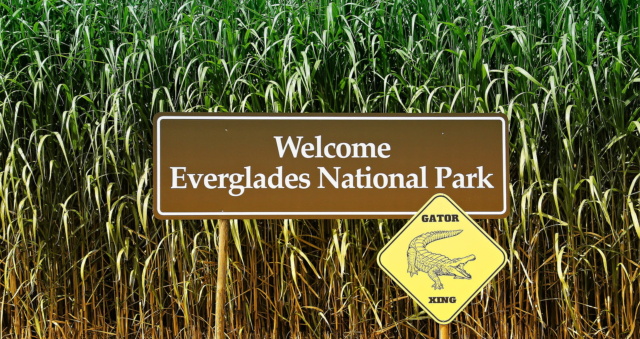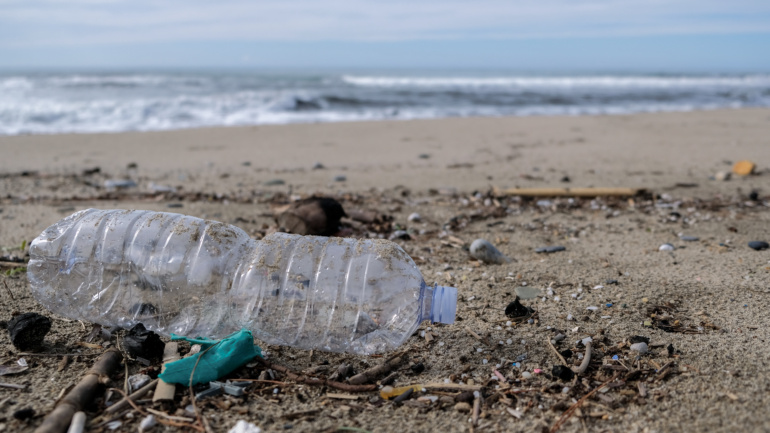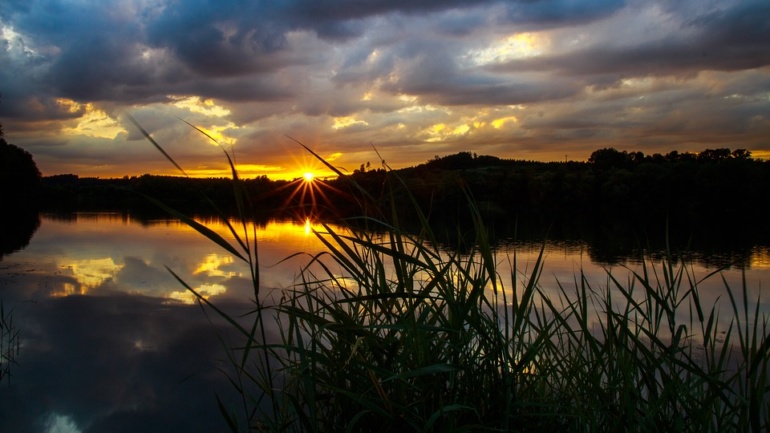By Matisse Emanuele, Staff Writer & Researcher for Save The Water™ | July 3, 2020
The Everglades are one of the most diverse wetlands in the world. Located in South Florida, they are a vital and sensitive ecosystem. Each year millions of people rely on them for water, recreation, and wonder. At the heart of the Everglades is Lake Okeechobee. Unfortunately, this “liquid heart” of the Everglades is being polluted. Lake Okeechobee phosphorus pollution is causing Toxic algae blooms. As a result these blooms are killing aquatic animals and plants. And as a result are polluting the main source of water that feeds the Everglades. Therefore, this article will firstly explore the Lake Okeechobee phosphorus pollution problem. Secondly, we will look at 6 ways you can help.
The Everglades are Half the Size They Were 100 Years ago
Formed over 6,000 years ago, the Everglades is home to two Indigenous tribes whose ancestors have been in the area since before the Everglades formed. Since 1845, when Florida became a state, people have shaped the Everglades. In short, people dried out, built on, and farmed the Everglades.
Designated a national park in 1947, the Everglades provide a home to over 300 species of fish, 360 species of birds, and over 700 different kinds of plants. On top of this, the Everglades offers the only place where both alligators and crocodiles coexist. Described as the “River of Grass,” the Everglades serves as a true wonder.
Now, the Everglades drives the multi-billion dollar economies of agriculture, recreation, and tourism. Consequently, this use of the fragile ecosystem has reduced the area to half of what it was 100 years ago. Yet, the Everglades still claims the top spot as the most diverse wetland in the United States. Indeed, it proves unique among wetlands on earth. However, without immediate intervention, the Everglades will continue to disappear.
Why are Algae Blooms Plaguing Lake Okeechobee?
Lake Okeechobee algae blooms have been a problem for at least the last two decades. Scientists know that the algae blooms in Lake Okeechobee are directly linked to phosphorus. The long history of agriculture in and around the waterways that feed the lake put high amounts of phosphorus in the lake.
Lake Okeechobee is fed by the Kissimmee River basin, a fertile area in South Florida which has been farmed for hundreds of years. From about the 1940s to the 1980s, the agricultural industry doused the area with phosphorus rich fertilizer. During that time period, the area became home to highly productive cattle pastures and a thriving agricultural industry. However, by pumping fertilizer into the soil, the area also became a phosphorus basin. Even though fertilizer recommendations and practices have changed since then, the amount of phosphorus in the soil remains high. When the groundwater drains through this soil, it picks up the phosphorus and moves it into Lake Okeechobee.
In addition to the agricultural industry, other sources of phosphorus have contributed to this problem. For the last 140 years, people have developed the Everglades for agriculture, leisure, and urban development. However, only an estimated 8 percent of the phosphorus in the Everglades and Kissimmee River basin is from residential and urban sources. To add to this, phosphorus occurs naturally in lakes and waterways. Approximately 14 percent of the phosphorus is from natural sources. Despite these other sources, most of the phosphorus comes from agriculture which accounts for an overwhelming 78 percent of the phosphorus. The Lake Okeechobee phosphorus pollution problem is caused by this unnaturally high level of phosphorus being fed into the lake.
The Trouble with Phosphorus
The problem is that phosphorus is hard to get rid of. Phosphorus forms a strong chemical bond with soil. Meaning that only a small amount is released from the soil at any given time. Most typically, phosphorus is released when rain and flooding move the groundwater south. There are approximately 190,000 metric tons of phosphorus in the soil in the Kissimmee River basin. Because of the slow release of phosphorus, it is estimated that 450 – 500 metric tons of phosphorus drain into Lake Okeechobee each year. Theoretically, this phosphorus could be draining into the lake for the next 400 years. Scientists call this “legacy phosphorus.” There is currently no sound plan to remove it.
And once phosphorus is in the water, it does not disappear. Currently, there is an estimated 50,000 tons of phosphorus on the once sandy lake bed of Lake Okeechobee. No one knows how to remove it or neutralize it.
Toxic Algae Blooms Hurt the Everglades and South Florida
The phosphorus created toxic algae blooms are harmful to the Everglades and South Florida. Often described as a thick “guacamole” like sludge. Algae blooms cover the lake surface to such an extent that the aquatic plants cannot receive sunlight. Once the aquatic plant life dies, the lake is deprived of much needed oxygen and the aquatic life dies off as well.
To humans the algae blooms are not only unsightly, they can be toxic. Some blooms produce toxic chemicals called cyanobacteria. These blooms can cause lung irritations, gastroenteritis, and skin irritations. Anywhere from 7 – 8 million people rely on water from Lake Okeechobee and many thousands more use the lake recreationally.
Fixing the Problem
Currently, plans at both the federal and state level aim to regenerate the Everglades. Unfortunately, politics and lack of funding hinder the effectiveness of any one plan. Billions of dollars in research and infrastructure funds are needed to regenerate the area. Time is also important. As mentioned earlier, phosphorus sticks around for ages. Without a radical development in the removal or neutralization of phosphorus, it is likely that this problem will persist.
What You Can Do: Six Ways You Can Help
- Break up with pesticides and chemical fertilizers. Those living near the Everglades can help protect them by minimizing the use of pesticides and chemicals. The harmful chemicals absorb into the groundwater and travel to the Everglades.
- Keep yourself informed! Visit the National Parks Service to learn more about the Everglades and the Everglades Restoration Project.
- Learn more about water quality in the Everglades at Save the Water. Donate to help fund necessary water research.
- Make your voice heard! Let your local officials know that clean water is important to you! Any action helps keep our water healthy and safe.
- Be mindful of the environment as you enjoy the Everglades. On your next trip to the Everglades, please be mindful of nature. Only take photos and only leave footprints behind!
- Watch what you dump in the water! Be mindful that prescriptions and household chemicals can taint the water supply no matter where you are. Dispose of medicines safely and never down the drain. Try to use more natural household cleaners. You can read more about prescription pollution here.





